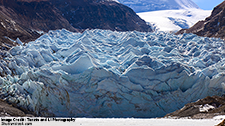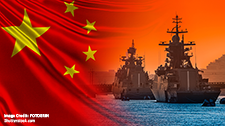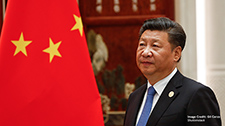COP30 and China’s Tibetan Plateau Paradox

Richard Ghiasy and Jagannath Panda
Amid the crowded headlines on the South China Sea and Taiwan Strait, another transformation of considerable consequence is unfolding quietly on the roof of the world. The Tibetan Plateau—often known in the scientific literature as the Qinghai–Tibet Plateau and increasingly as the Third Pole—is becoming an increasingly important component of Beijing’s national power architecture. Yet its remaking is not only military or infrastructural. It is also technological and, importantly, environmental in scale. This makes it inevitable for the COP30 in Belem not to discuss, and possibly to face the UNFCCC on how national sovereignty and global ecological interdependence intersect in one of the world’s most fragile ecosystems.
Recent years have seen a steady consolidation of the PLA’s Western Theatre Command through a network of dual-use infrastructure across Tibet. Roads, airfields, rail links, and logistics hubs now enable rapid troop mobility along the India–China frontier. These developments are part of what Beijing calls its Military–Civil Fusion (MCF) doctrine.
MCF represents more than an operational doctrine. It is a form of ‘infrastructural deterrence,’ in which mobility, access, and logistics substitute for overt escalation. The same highway that moves civilians one week can carry an infantry division the next. The result is a frontier where development and deterrence are structurally indistinguishable. Of course, such fusion is not exclusive to China, and deterrence is preferable over overt escalation.
Tibet’s militarization and its civilian expansion have therefore become interlinked processes. They reflect four overlapping objectives: positioning Tibet as an energy and commodities hub for the emerging AI-driven economy; pre-empting India’s northbound strategic depth; securing some degree of leverage over South Asia’s hydrology; and reinforcing sovereignty over the plateau. Each of these objectives contributes to what can be seen as comprehensive frontier consolidation.
Read the full piece at The Diplomat published on November 7, 2025.




